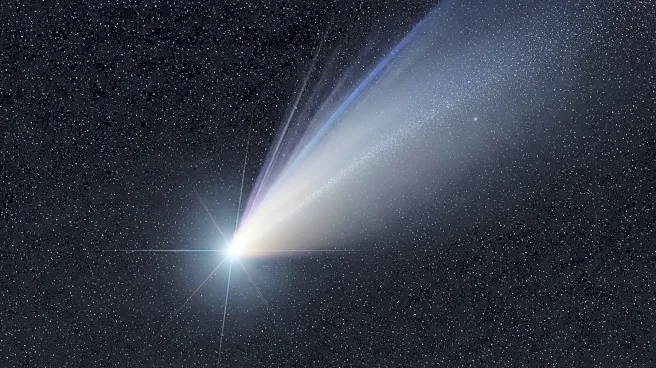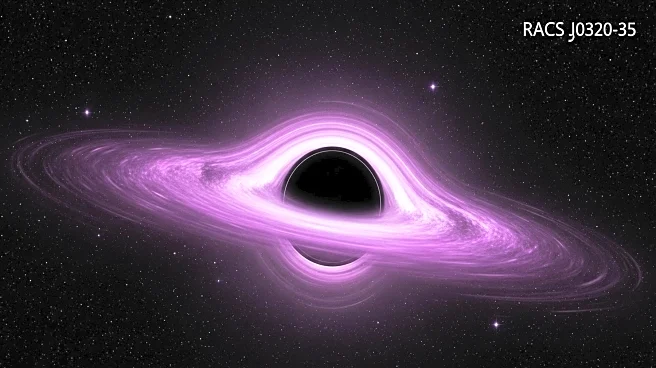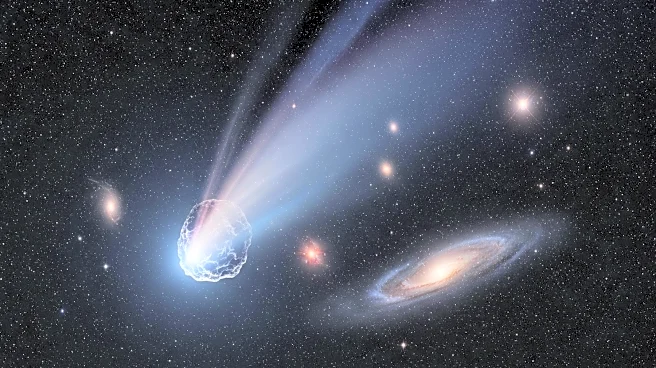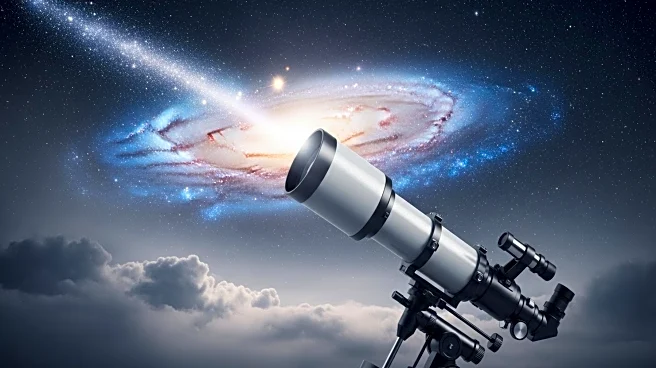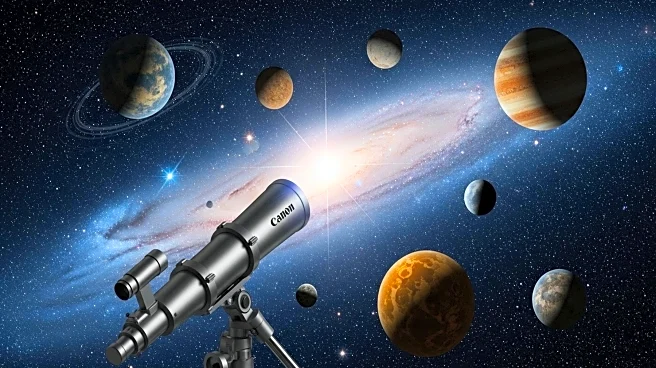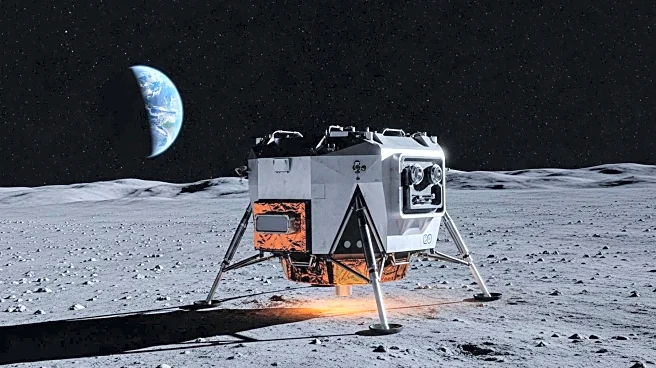What's Happening?
NASA's Earth to Sky training program, funded by NASA’s Science Activation Program, is demonstrating how urban parks, wildlife refuges, museums, and green spaces can serve as venues for connecting communities with space science. The program aims to reach people in metropolitan areas, offering them the chance to engage with astronomy and space science without needing to travel to remote locations. A recent training session, 'Rivers of Stars and Stories: Interpreting the Northern Night Sky,' was held at Minnesota Valley National Wildlife Refuge, bringing together park rangers, environmental educators, and outdoor communicators. Participants explored lunar observations, aurora science, NASA's Artemis Program, and astrobiology, while also learning to incorporate indigenous perspectives into their programming.
Why It's Important?
This initiative is significant as it expands access to space science education to urban populations, who may not have the opportunity to visit remote national parks. By leveraging urban spaces, NASA is able to engage a broader audience, fostering a community of practice among local educators and communicators. This approach supports NASA's strategic goal of sustained public engagement with Earth and space science, and helps build a network of science communicators who can reach thousands of visitors across urban areas. The program also emphasizes respectful inclusion of indigenous perspectives, promoting cultural sensitivity and awareness.
What's Next?
NASA plans to continue fostering partnerships with the National Park Service, U.S. Fish and Wildlife Service, and other agencies to expand the reach of its space science programs. The Earth to Sky team will work on building more collaborations with state and local agencies and nonprofit organizations, aiming to train more educators and communicators to share NASA's discoveries and missions. This ongoing effort will help maintain and grow the community of practice, ensuring that urban audiences continue to have access to space science education.
Beyond the Headlines
The program's focus on incorporating indigenous perspectives into astronomy programming highlights the importance of cultural sensitivity in science education. By honoring traditional stewards of the land, NASA and its partners are working to avoid appropriation or misrepresentation of indigenous science, fostering a more inclusive and respectful approach to education.



